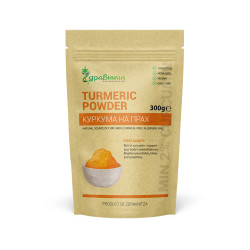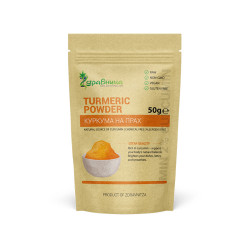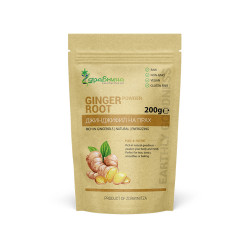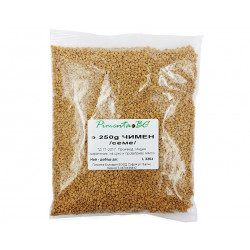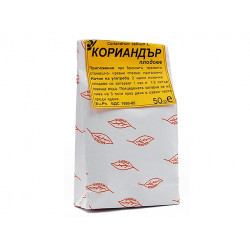The word "curry" originates from the Tamil /South Indian/ word "kari" which means sauce. A characteristic feature of Indian cuisine is the variety of spices used, especially in the form of mixtures. They must be combined and dosed so that none of them stand out.
The art of seasoning is not only knowing which spices to use in the given case, but also how to apply them. In this respect the Hindus are great masters. Depending on the main product (meat, fish, eggs, vegetable) the curry mixture is also combined. The composition mainly includes coriander, cumin, turmeric, fenugreek, fenugreek, chili pepper, nutmeg, ginger, etc. Some of the spices, such as coriander, cardamom and cumin, are pre-roasted to enhance their aroma.
The famous powdered curry mixture can be mixed with wine vinegar and oil to a thick paste and thus stored in a tightly closed jar or bottle. For seasoning 500 g of meat or fish, usually 1 teaspoon of curry powder is taken.
The housewife can prepare a curry herself for the needs of her kitchen. The spices, which are like seeds - black pepper, cumin, etc., are finely ground, then the powdered ones - turmeric, ginger, etc. are added, and the mixture is mixed well. Store in a well-closed container.
Recipe 1:
Hot curry: 70 g coriander, 50 g hot chili peppers, 2 g black pepper, 5 g cumin, 2 g turmeric, 10 g fenugreek.
Recipe 2:
Non-spicy curry: 50 g coriander, 20 g turmeric, 10 g cumin, 10 g ginger
Recipe 3:
Madras curry: 80 g coriander, 20 g turmeric, 20 g red pepper, 20 g black pepper, 20 g mustard seed, 10 g ginger, 10 g garlic powder, 10 g cumin, 40 g salt




